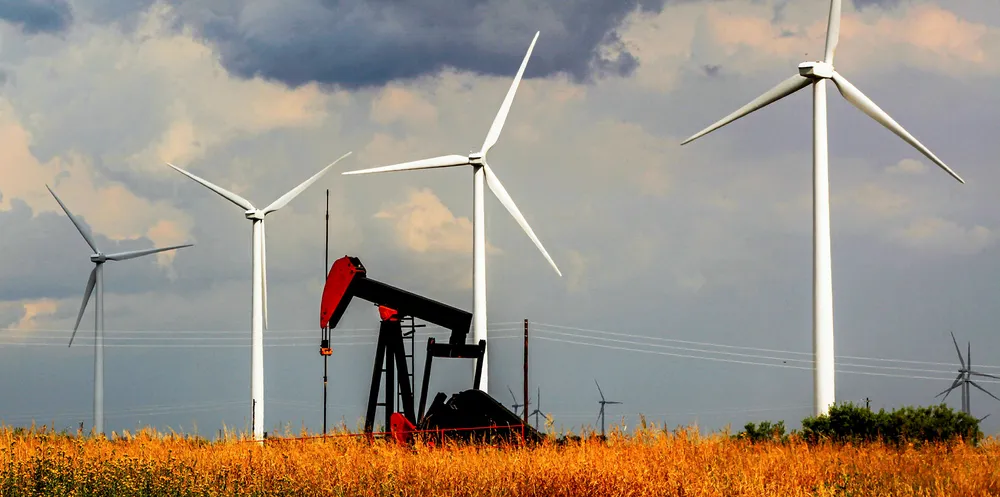'It's still too soon to say Covid is a tipping point for renewables'
The impact of the pandemic has been seismic but the picture is more nuanced than the headlines suggest, writes Michael Dodd

The impact of the pandemic has been seismic but the picture is more nuanced than the headlines suggest, writes Michael Dodd
